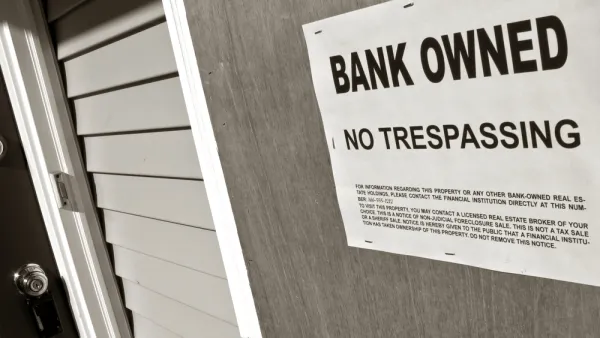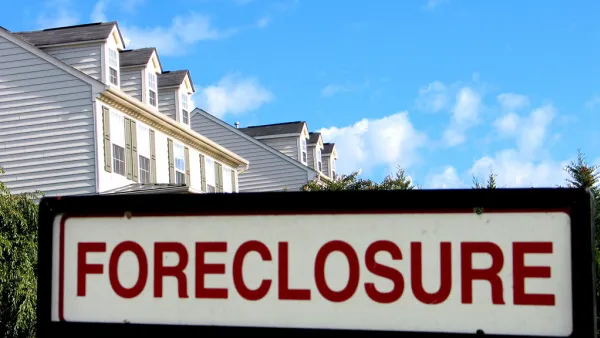How to keep affordable apartments and single-family homes out of the hands of institutional investors if the coronavirus pandemic leads to a giant wave of evictions and foreclosures.

When the dust had settled and the Great Recession of 2007-2009 was finally receding in the rear-view mirror, it became clear what had happened.
In response to a tidal wave of foreclosures, buyers began snapping up cheap single-family homes and turning them into rentals. By the early 2010s, institutional investors had discovered real estate as an asset class and picked up momentum, buying homes around the country and often beating out competitors by paying for transactions in cash.
Millions of low- and middle-income families that had owned their homes became tenants instead; in 2016, 25 percent more households were renting their homes than in 2006. It amounted to a giant transfer of wealth from lower-income families to Wall Street and large corporations.
Today, with the coronavirus ravaging the U.S. economy and millions of families struggling to pay their rent or mortgage, many housing advocates fear that the country is teetering on the brink of a similar catastrophe.
“It’s a huge pending problem—we’re very worried,” says Jeff Crum, chief investment officer for New Jersey Community Capital, a community development financial institution (CDFI) that was highly active in preserving affordable single-family homes during the recession. The fear is not only that homeowners may lose their houses. It’s also that landlords whose tenants can’t pay their rent may have to foreclose on the small and mid-sized multifamily buildings that form the bedrock of low-income housing stock in most cities. All of those homes, single-family houses and apartment buildings alike, are fair game for institutional investors.
After all, buyers who can pay with cash have remained engaged around the U.S. In May, the Center for NYC Neighborhoods reported that throughout the city, all-cash investors—who are particularly active in New York—make up 40 percent of the home purchase market. They tend to be concentrated at the bottom of the market, the study said.
That trend could be exacerbated as the pandemic continues, with potentially disastrous outcomes. But the upside of this pandemic, at least as compared to the financial meltdown, is that policymakers and others have a little time to prepare for a coming crisis. And they’re using it. Around the country, housing advocates are thinking about programs that worked last time, policies that need some tweaking, and underutilized models that could potentially have a real impact.
For instance ...
FULL STORY: Lessons from the Last Housing Crisis: How to Get Control of Properties

Analysis: Cybertruck Fatality Rate Far Exceeds That of Ford Pinto
The Tesla Cybertruck was recalled seven times last year.

National Parks Layoffs Will Cause Communities to Lose Billions
Thousands of essential park workers were laid off this week, just before the busy spring break season.

Retro-silient?: America’s First “Eco-burb,” The Woodlands Turns 50
A master-planned community north of Houston offers lessons on green infrastructure and resilient design, but falls short of its founder’s lofty affordability and walkability goals.

Test News Post 1
This is a summary

Analysis: Cybertruck Fatality Rate Far Exceeds That of Ford Pinto
The Tesla Cybertruck was recalled seven times last year.

Test News Headline 46
Test for the image on the front page.
Urban Design for Planners 1: Software Tools
This six-course series explores essential urban design concepts using open source software and equips planners with the tools they need to participate fully in the urban design process.
Planning for Universal Design
Learn the tools for implementing Universal Design in planning regulations.
EMC Planning Group, Inc.
Planetizen
Planetizen
Mpact (formerly Rail~Volution)
Great Falls Development Authority, Inc.
HUDs Office of Policy Development and Research
NYU Wagner Graduate School of Public Service




























